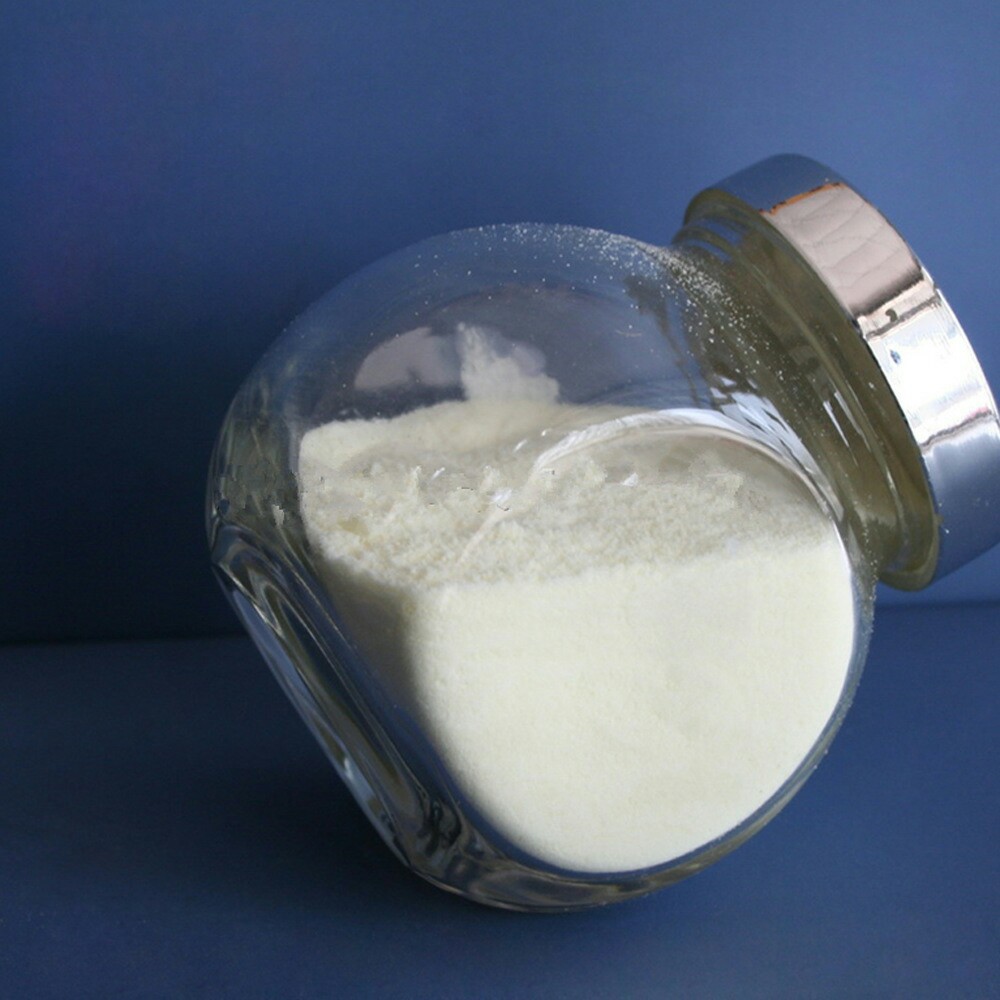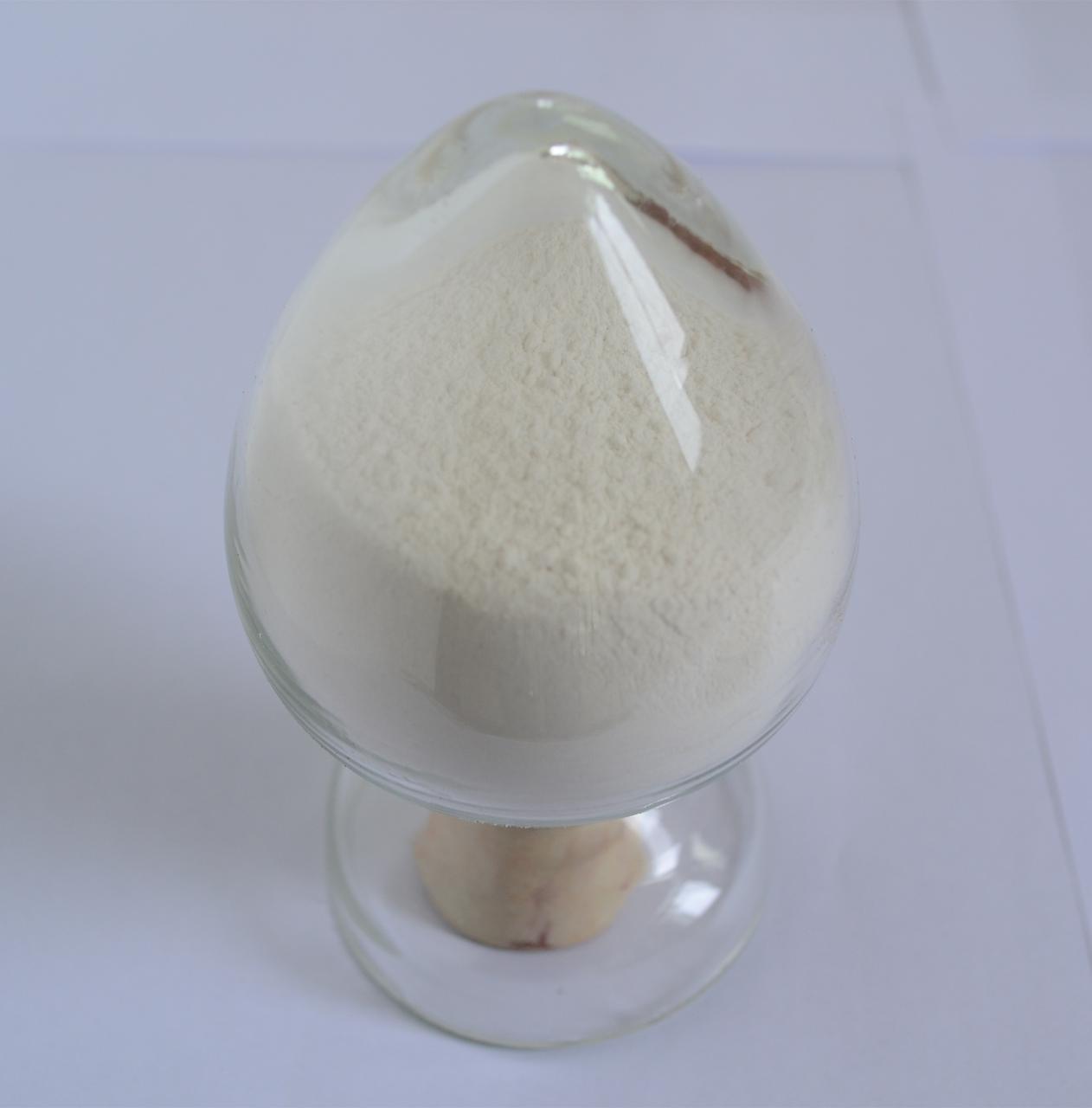In today’s society, people’s living standards have improved. While solving basic dietary problems, they pay more attention to the appearance, color, fragrance, sensory characteristics and diversification of food. In order to meet the needs of consumers, safe and high-quality food emulsifiers can be used.
The market demand for emulsifiers continues to rise, and research on food emulsifiers has become a hot topic. Its application prospects are relatively broad, and it is widely used in baking, beverages, and desserts. Emulsifiers can interact with various components in food to improve food quality.
Different types of emulsifiers have different properties and different emulsifying effects. These characteristics promote the wide application of emulsifiers in food processing.

Food emulsifier
Food emulsifiers use physical methods to uniformly form two or more mutually immiscible phases (such as oil and water) into dispersed active substances. . It occupies a very important position in the food industry. It can improve food quality, prevent food deterioration, extend the shelf life of food storage, improve the taste and appearance of food, and stimulate consumer demand. Its emulsifying properties depend on the hydrophilic-lipophilic balance value (HLB value) of the emulsifier. The larger the HLB value, the stronger the hydrophilicity, and conversely, the stronger the lipophilicity.
Emulsifier compounding method
Generally, the method of compounding and using emulsifiers is determined through experiments, but if you have a relatively comprehensive understanding of the properties of emulsifiers and master certain compounding principles , using skills can achieve twice the result with half the effort.
There are several methods for compounding emulsifiers:
High and low HLB values
When emulsifiers with low and high HLB values are mixed, they are adsorbed on the interface to form a “composite”, which is closely arranged and has high strength. This can effectively prevent agglomeration and increase emulsion stability.
Pairing those with similar molecular structures
When emulsifiers with similar structures are mixed, the synergistic effect is more obvious, especially when one emulsifier is a derivative of another emulsifier. A mixture of the two emulsifiers often produces satisfactory results.
For example: polyoxyethylene sorbitan fatty acid ester (Tween) is composed of sorbitan fatty acid ester (Span) and ethylene oxide Derivatives obtained by addition reactions under base catalysis.
The structures of these two emulsifiers (Twain and Span) are very similar. If they are mixed in a certain proportion, an excellent compound emulsifier can be obtained.

ionic complementation
According to the performance of the hydrophilic group in water, emulsifiers can be divided into ionic and non-ionic types, among which phospholipids are the only amphoteric emulsifiers that have been confirmed and approved for use. .
Generally speaking, non-ionic emulsifiers have strong emulsifying ability and are a good type of emulsifier in production practice.
Ionic emulsifiers have their own unique advantages. Mixing ionic emulsifiers and non-ionic emulsifiers is better than using only non-ionic emulsifiers. Emulsifying activity and surface activity are stabilized over a long period of time.
Conformationally complementary hydrophilic groups
Hydrophilic group conformation complementarity refers to the use of emulsifiers with different hydrophilic group conformations when designing composite emulsifier formulas to create complementary advantages.
For example, the hydrophilic group of monoglyceride is linear, while the hydrophilic group of sucrose ester is cyclic. Mix these two emulsifiers. Can achieve better results.
Emulsification mechanism of emulsifier
Emulsifier is an indispensable component to promote the stability of emulsion and plays an important role in the stability of emulsion. In order to form a stable emulsion and disperse the dispersed phase into extremely small droplets, the use and selection of emulsifiers are also important.
Emulsifiers mainly form a strong emulsification film by reducing the interfacial free energy to form a stable emulsion. By reducing the interfacial free energy, the droplet particles form a spherical shape to maintain a minimum surface area. Two different liquids form an emulsionThe process is the formation of a large number of new interfaces between two phases of liquid. The smaller the droplet, the larger the new interface, and the greater the free energy on the surface of the droplet particles.
The emulsifier is adsorbed on the surface of the droplets, which can effectively reduce the surface tension or surface free energy. The emulsifier is adsorbed around the droplets and oriented to form a film around the droplets, thereby reducing the oil-water interfacial tension and effectively preventing the droplets from aggregating. The more neatly the emulsifiers are arranged on the droplet surface, the stronger the emulsion film is and the more stable the emulsion is.
The purpose of emulsification is to reduce the energy consumed in emulsion preparation. In order to maintain the stability of the emulsion, the emulsifier should have strong emulsifying ability, be able to form a strong emulsified film, and be safe, non-locally irritating, stable and less affected by external factors.

 微信扫一扫打赏
微信扫一扫打赏

